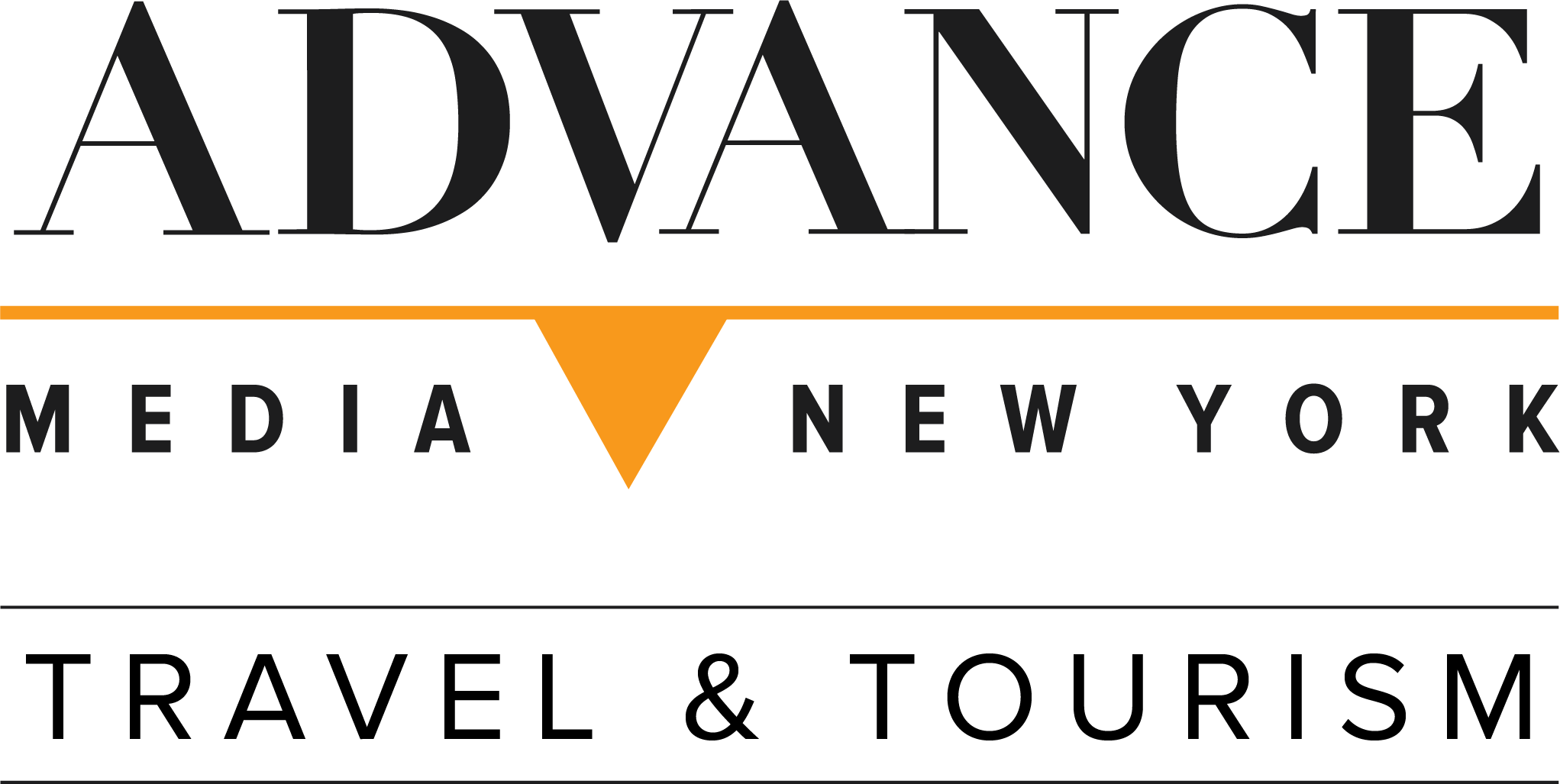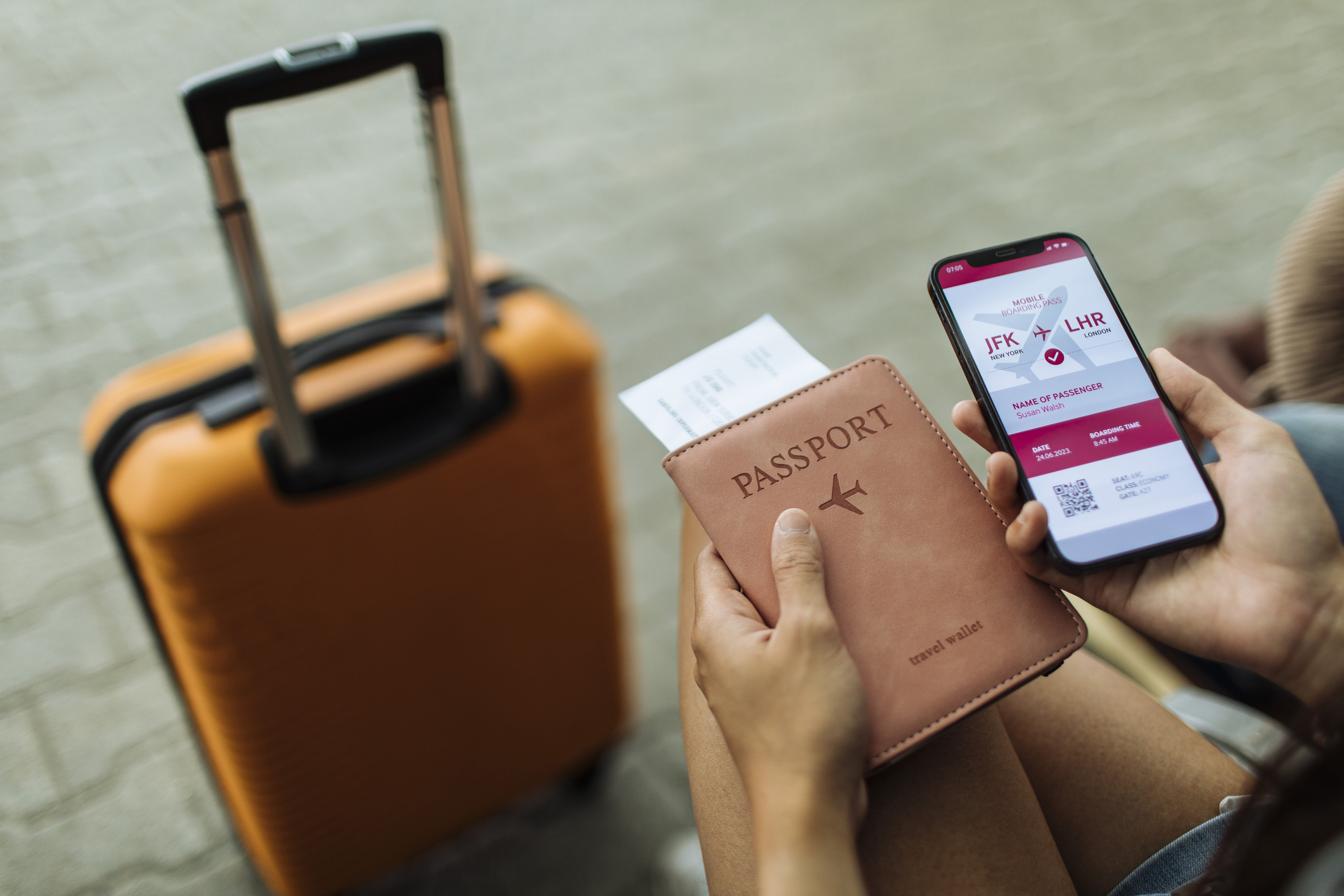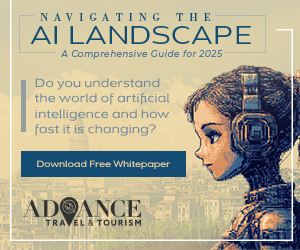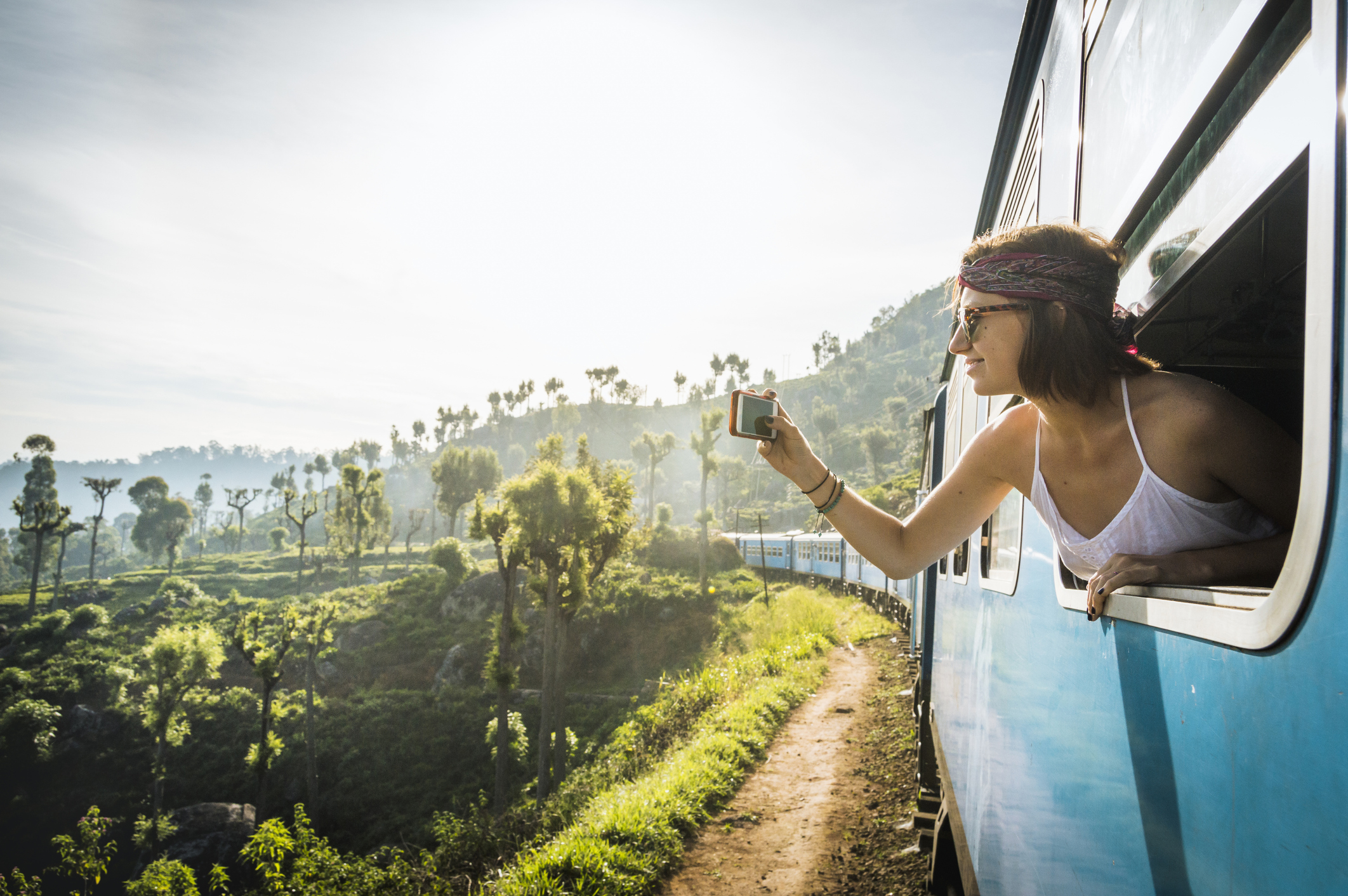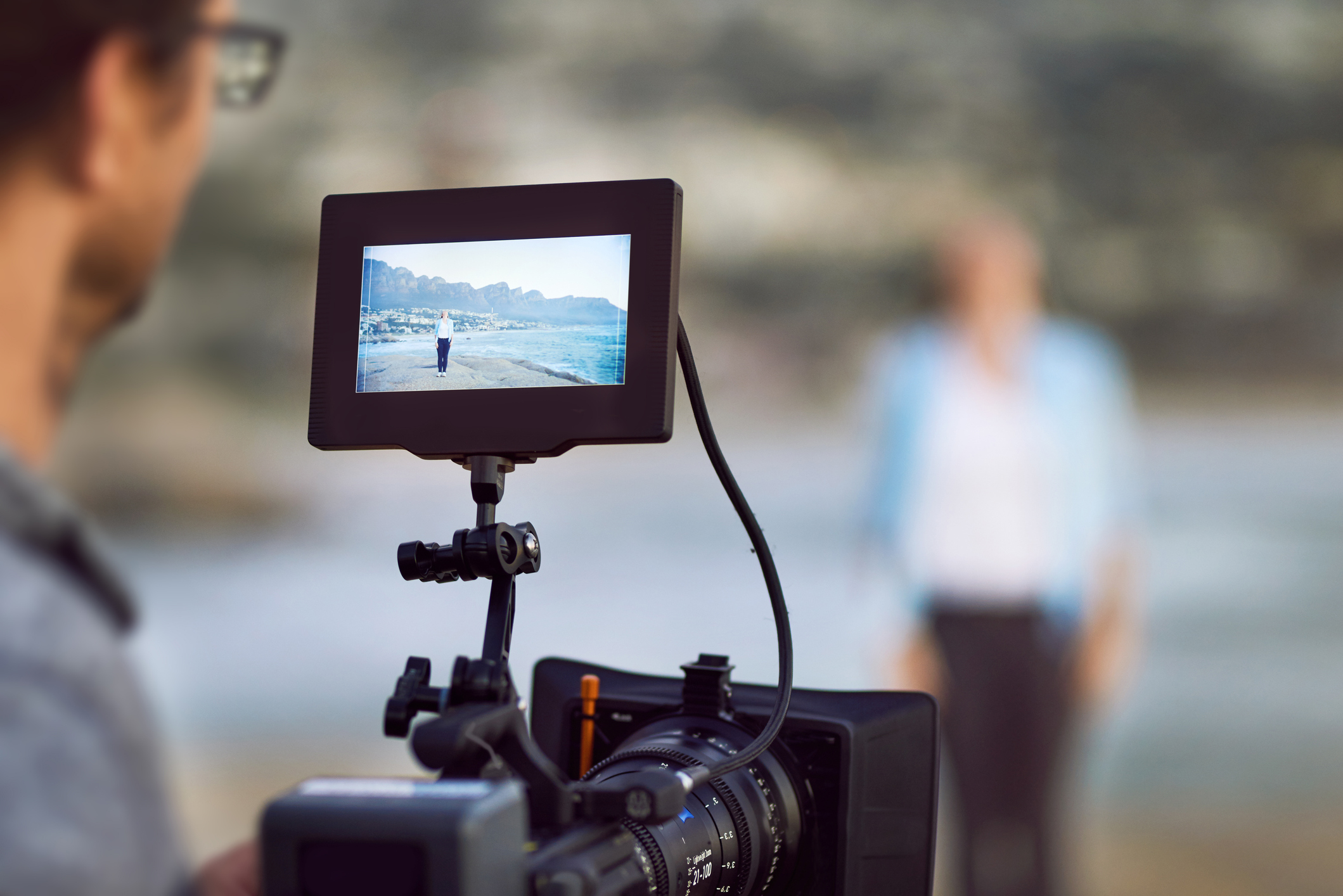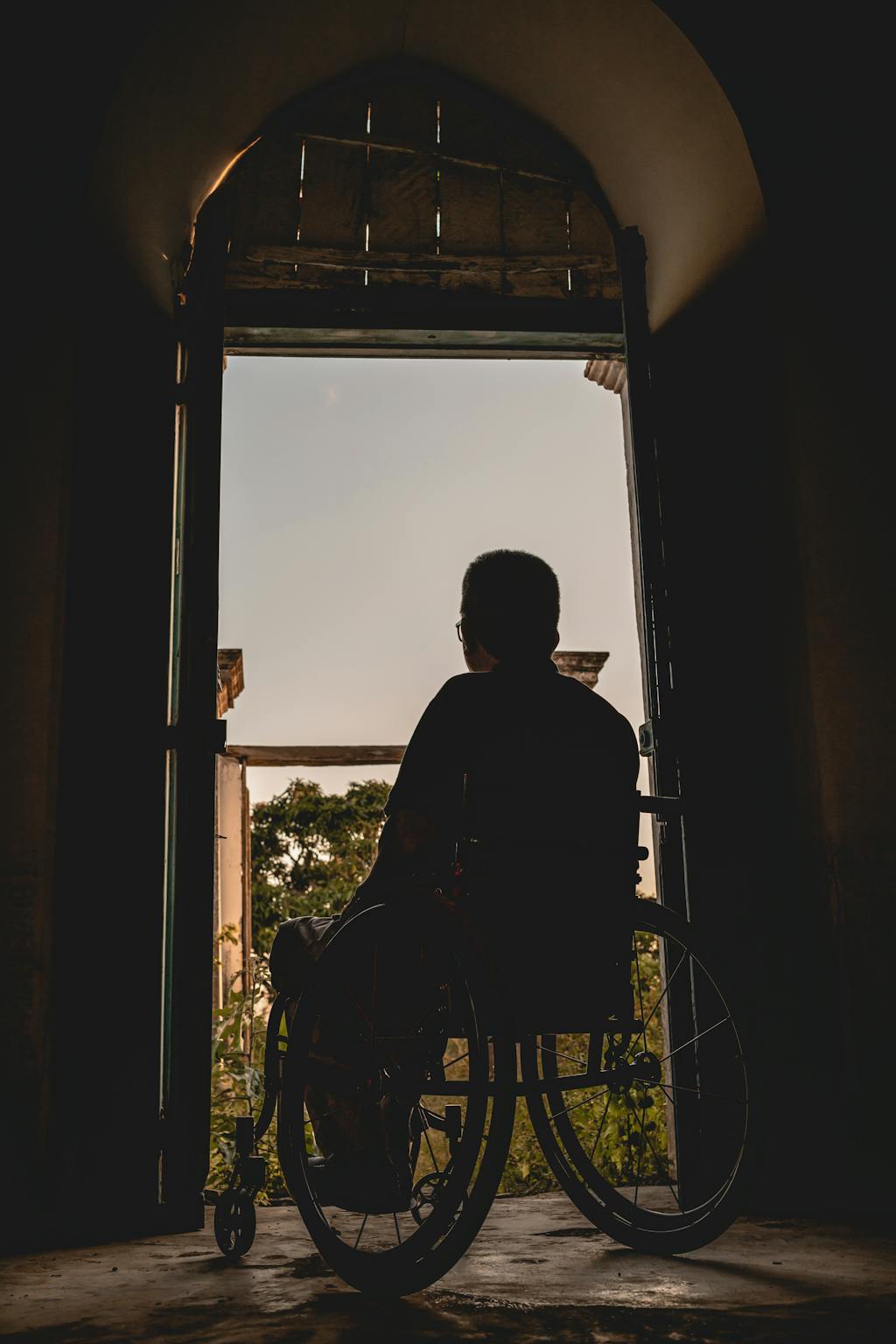
Making Travel More Accessible
Vacation should be a time that everyone enjoys. For people with disabilities, accessibility is essential for being part of travel activities. If destinations or attractions aren’t accessible, loved ones might not be able to participate, and it diminishes the fun for everyone.
Recognizing the importance of inclusion in travel, many agencies, hotels, and similar businesses have shifted their attention toward accessible tourism. What does it mean to achieve accessible tourism, and how can you indicate this essential feature to travelers? Learn more from the travel marketing team at AMNY Travel Marketing.
What Is Accessible Tourism?
People with disabilities have long understood the difficulties of travel. Research into the experiences people with disabilities have with travel and tourism is enlightening. Consider some of the barriers to traveling respondents gave:
- Lack of facilities designed for individuals with disabilities at travel agencies (36.6%)
- Staff not adequately trained to meet the needs of people with disabilities (33.6%)
- Obstacles in finding accessible transport (22.1%)
- Architectural barriers to accessing tourist attractions (18.3%) and accommodations (17.6%)
Challenges like this stress the importance of accessible tourism. But what does accessible tourism mean? It goes beyond steps like adding ramps to entrances, although this is a vital component of a wider initiative.
Instead, accessible tourism is an ongoing effort to understand the needs of people of all abilities and create a more inclusive experience. It often involves collaborating with local governments, advocacy groups, and travelers to devise solutions.
People with disabilities – and family and friends who travel with them – benefit directly from accessible tourism. This should be the primary reason for any initiative to enhance accessibility. However, accessible tourism also has implications for the industry and wider society. From a societal perspective, it recognizes the value of accessibility, encouraging its continued development in all aspects of life. For travel and tourism businesses, it presents the opportunity to differentiate from facilities that don’t prioritize accommodations. In other words, it can help your business stand out from the competition.
Examples of Accessible Tourism
You know the importance of accessible tourism. Now how do you do it? The first step is understanding the types of abilities that might require special accommodations. Although the scope of disabilities is complex, three general categories include:
- Physical disabilities: Covers individuals who use wheelchairs, walking aids, and similar devices for mobility and need spaces that can accommodate them.
- Sensory disabilities: Includes people with hearing or vision impairments who may need alternative means of accessing information.
- Communication disabilities: Also considers people with vision and hearing challenges, plus those with speech impairments, who may require different ways to communicate with staff.
Once you understand these types, you can begin increasing accessibility with specific amenities. Accessible tourism responds to two general concerns – physical and information accessibility.
Physical accessibility refers to a property’s design. Are there ramps to entrances? Handrails in hallways and bathrooms? Are doorways large enough to fit people using wheelchairs and walking aids? Do signs incorporate braille for the visually impaired?
Information accessibility means information about the travel agency, hotel, or attraction is available to all people and easy for them to understand. You want information accessibility onsite but also on your website.
Conveying Accessible Tourism in Travel Marketing
Based on past experiences, people with disabilities may have assumptions about what a destination or hotel offers. It’s up to you to share the message with your audience that accessibility is a core value of your business and the specific amenities you offer to back up this claim.
Accessible marketing isn’t just about catering to the needs of people with disabilities. It’s ensuring all members of your audience have a comparable experience with your marketing. What does accessible marketing look like in practice? Consider these examples to achieve marketing success:
- Captions and audio transcripts on videos for those with hearing disabilities
- Screen readers and alt texts on images for those with visual impairments
- Enhancing keyboard accessibility
- Easy website navigation for bookings/reservations
Increase Your Reach With Help From AMNY Travel Marketing
Your travel business has already done a lot of work toward increasing accessibility. Yet, you’re not sure how to translate these developments into your marketing. It helps to have a full service travel marketing partner like AMNY Travel Marketing. Our award-winning team leverages a range of marketing capabilities, plus deep knowledge of the tourist’s decision-making process, to tell the unique story of your business – including efforts toward greater accessibility. Contact us today to learn more about our services.

